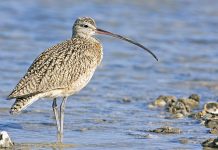Identification
The American Goldfinch (Carduelis tristis) is a favorite visitor of many backyard birdwatchers. The American Goldfinch is about five inches in length tail tip to bill tip. The American Goldfinch is a bird of edge and brush, preferring naturally open swamp and marsh vegetation, man-made clearing, road edges, orchards, pasture forests, fringes, and open uplands with their scattered shrubs and saplings.
The American Goldfinch is a common migrant resident in various states of the United States, however, varies in numbers from season to season. The American goldfinch is the state bird of “Iowa” and “New Jersey”, which is known as the “Eastern Goldfinch”, and in Washington, it is called the “Willow Goldfinch”. The bird is often victim to brood parasites, mainly brown-headed cowbirds. The lifespan of the American Goldfinch is around three to six years in the wild. So far, the oldest known American goldfinch was 10 years and 5 months old.
Male and Female
The male bird has bright yellow body feathers with black wings and tail feathers are having a black forehead patch. Also, a white rump patch and two white wings bars are also present. Hence, the female American Goldfinch has olive-yellow body feathers with black wing feathers and two white wing bars. This is a diurnal bird, meaning it’s most agile during the day.
Habitats
It breeds in blue oak savannahs, digger pine-oak woodlands, and particularly in low-elevation riparian groves. In late summer and fall, some upslope movement, especially in chaparral type and along riparian corridors. The most amazing part of the American goldfinch is displaying sexual dimorphism in its coloration.
The male bird is a vibrant yellow in the summer and an olive color during the winter. Thus, the female bird is a dull yellow-brown shade that brightens only slightly during the summer. The American Goldfinch is one of the most common and widespread birds, but it can seem to disappear during the winter.
During the fall, the bright yellow males molt into the same muted brown as the females and juveniles. While these “brown finches” will remain all winter, casual observers don’t notice them, searching instead for the summer-attired male. As goldfinches are gregarious during all parts of the year, even feeding together during the breeding season, it’s easiest to find the flock.
The American Goldfinch truly deserves its name. It can be found in all 48 contiguous states during some portion of the year. The population retreats from the southern third of Canada and expands into the southern U.S. and Mexico during the winter. The bird is also well-known for its susceptibility to my mycoplasmal conjunctivitis, which has infected and killed many House Finches.
Song
Normally male bird sings a long and different series of twitters and musical warbles that last for several seconds long. The phrases and notes are inconstant and repeated in seemingly random order. The finch perpetually learns song patterns throughout life. Here listens to the song of the American Goldfinch.
Sound
The bird’s most common call is its contact call, repeatedly given tsee-tsi-tsi-tsit in flight. It sounds just like saying po-ta-to-chip with a very even cadence, but sometimes gives severe threat calls when in feeding flocks or at the nest. The male bird makes a tee-yee courtship call upon landing near a female followed by a burst of song.
Females brooding nestlings make a rapid sequence of high notes when they hear their mate approaching with food. Further, at the nest, both make a loud defense call, two-parted bay-bee when they feel threatened. The most common predators are snakes, squirrels, weasels, cats, hawks, and blue jays, which normally destroy eggs or kill young and also pose a threat to both young and adults.
Courtship Behavior
In contrast to most songbirds, the American Goldfinch may delay establishing territory up to two months following pair formation in May and June. Two distinctive courtship behavior of the American Goldfinch are the extended, canary-like warbling given by the male from prominent perches and the prolonged pursuit of a single female by several males.
Breeding
The Breeding Biology of the American Goldfinch is unusual. Unlike more than 95% of other terrestrial birds, the goldfinch feeds its nestlings only on seeds. Brown-headed Cowbird chicks, which thrive in the nests of insect-eating warblers, rarely survive past three days and never fledge from goldfinch nests. The goldfinch is also one of the latest nesting songbirds. The female bird chooses to mate with males that exhibit the brightest colors, and therefore, may obtain the most skilled foragers in doing so.
Nest
The birds may pair up during the winter flock, but most nesting occurs from July through September. Nests are placed in open areas with shrubs, fibrous matter from the bark of vines, and the stems of milkweed that the female gathers and forms into a supporting basket. Such as residential areas and old fields. The basket is cradled in the crotch of 3 to 4 upright slender branches of a tree shrub or herbaceous plant.
Females choose their mates based on the brightness of their plumage, using that as a signal of their overall health. First-time nesters raise a single brood; experienced females leave their first brood with their mate and attempt a second nest with a new male. Moreover, nest height above the ground varies according to the chosen habitats.
Whereas nest building in July may average 13 days, it requires less than half this time by late August. Incubation by the female bird of the 4 to 6 smooth-shelled pale bullish, white eggs lasts from 12 to 14 days. During incubation, the male is most attentive feeding the begging female a regurgitated supply of milky seed cereal.
By the 8th day after hatch-ling, the nestlings are very active calling loudly and standing upright in anticipation of the parents’ arrival. At this time juveniles begin defecating on the nest edge, where their excreta may cling and harden. Earlier the parents removed the fecal sacs.
Population
American Goldfinch breeding populations have remained stable nationally and increased. Winter populations are also widespread and apparently stable with goldfinches consistently among the “top five” Winter Feeder Survey birds in both total numbers and percent of feeders visited.
Fewer breeding attempts were confirmed in part due to the late nesting season (many observers had turned in their records before young goldfinches left the nest). Furthermore, less emphasis was placed on “confirming” a species’ needs European settlement was beneficial for the American Goldfinch, increasing both edge habitat for nesting and “weedy” food sources. In the winter these finches make a group of up to 40 or 50 birds, occasionally more. The flock of Goldfinches is called a real “charm”.
What Does American Goldfinch Eat?
The bird eats mainly Thistle or Nyjer seeds of trees, maple sap, alder & birch, forbs, especially of composites; sunflower seeds, the bark of young twigs, and, some insects. Generally, feeds in flocks, picking and gleaning food from flower heads and foliage of forbs, shrubs, and trees. The peculiar behavior of goldfinches is that they feed upside-down to obtain seeds from thistles, and sunflowers.
The American Goldfinch is an agile species and may also be one reason this species will readily come to bird feeders whether they must feed right-side-up or upside-down. Though the Goldfinch will eat at both types of feeders, results show that feeding right-side-up increases the number of feeding attempts and the amount of seed consumed by goldfinches.
The farm management plan that sets aside land for grassland-nesting species, has also benefited goldfinches. While forest succession and the move towards “clean” farming both work to decrease appropriate habitat and food availability, this can be easily countered by thoughtful landscaping of urban and suburban yards.
Natural landscapes should be allowed to experience disturbances that produce the desired habitat. The American Goldfinch is a species that fits easily into the human-dominated landscape. The only subspecies of the American Goldfinch known from southern California is the one breeding locally, the Willow Goldfinch.
Backyard birders are not always able to watch the goldfinch because the larger House Finch usually crowds the goldfinch off the perches of conventional feeders. Some backyard birders do not like this competition and would like to have a feeder that can only be used by the goldfinch.
Trees Attract American Goldfinches
The Goldfinches attract colorful flowers such as asters, Bolivian sunflowers, daisies, cosmos, marigolds, Mexican sunflowers, poppies, purple coneflowers, and zinnias. The seed heads of the above plants are enjoyed by birds throughout their growing seasons. A special blooming favorite is the black oil sunflower.
Read More – The Lesser Goldfinch (Spinus psaltria) / The Himalayan Cutia / The fire-tailed myzornis



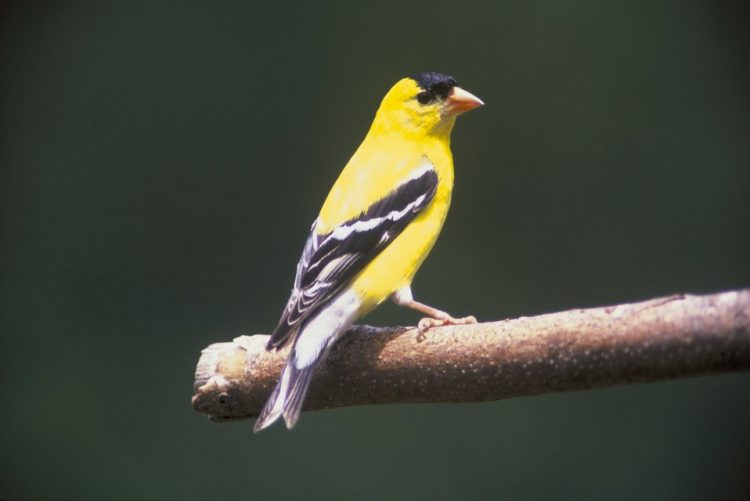

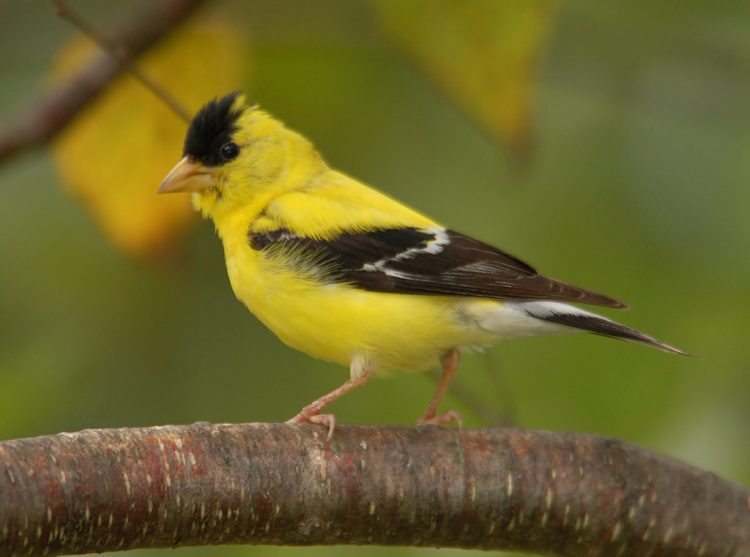
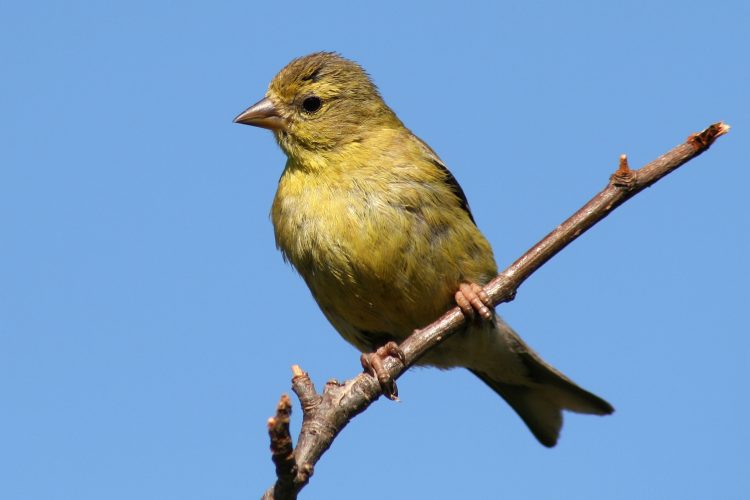

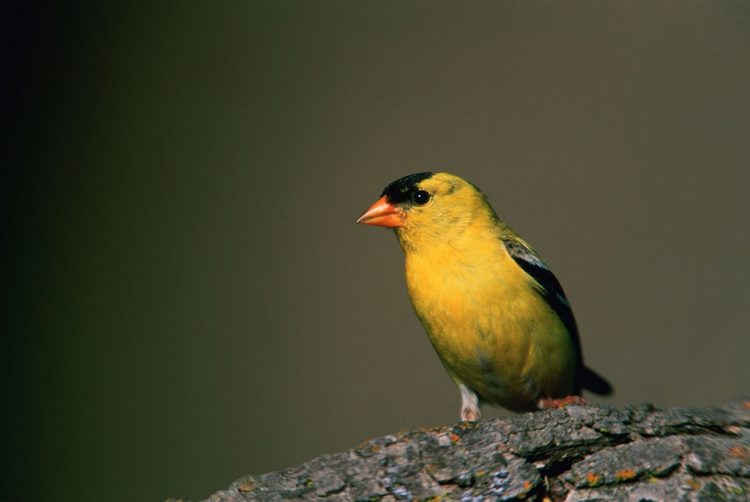

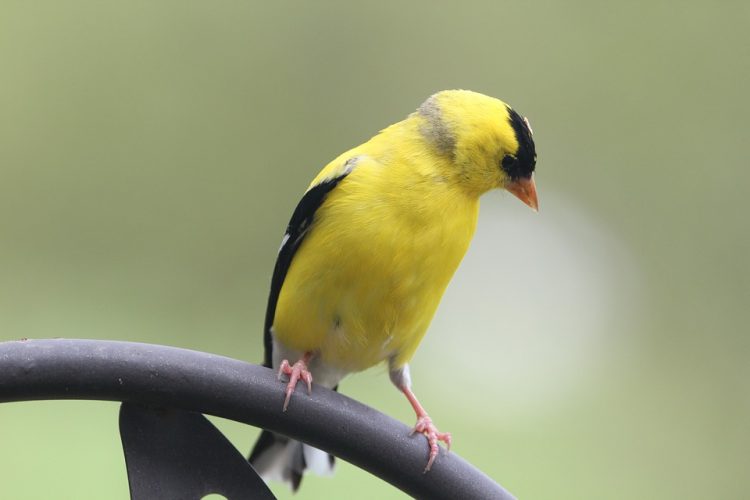

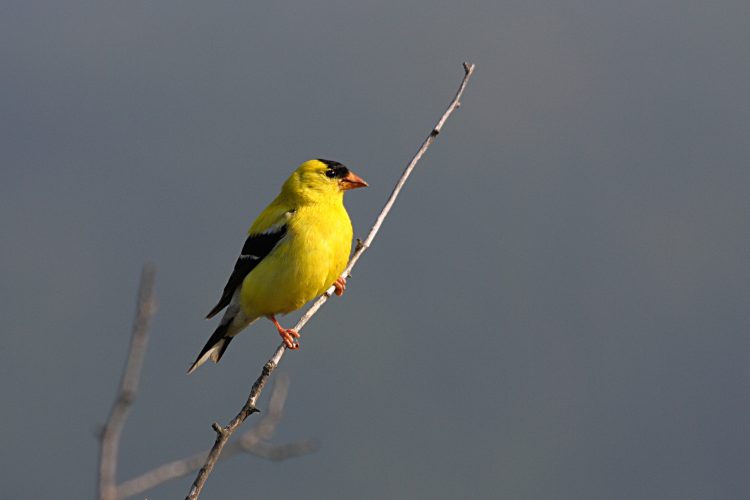
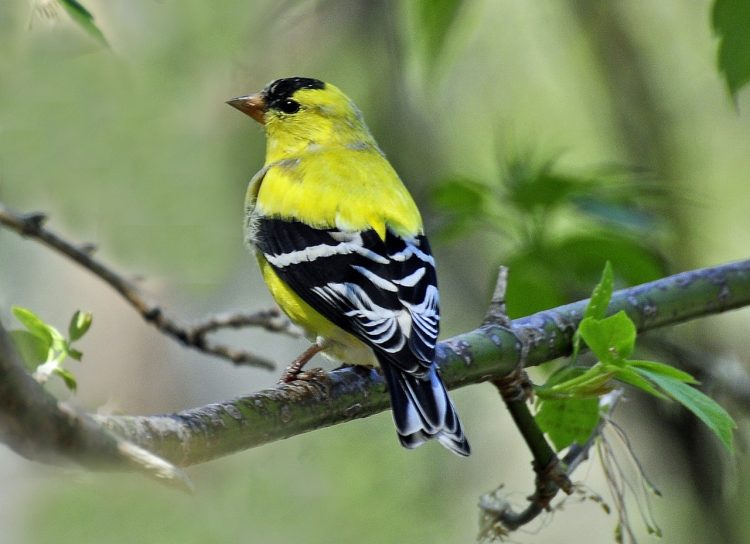
Affiliates Links:
- How One Woman Discovered the Female Fat-Loss Code Missed by Modern Medicine And Lost 84lbs Using a Simple 2-Step Ritual That 100% Guarantees Shocking Daily Weight Loss
- 60 Seconds Habit! That Reversed Type 2 Diabetes and Melted 56 lbs of Fat
- Boost Your Energy, Immune System, Sexual Function, Strength & Athletic Performance
- Diabetes Remedy # 1 Mega Offer for 2019


